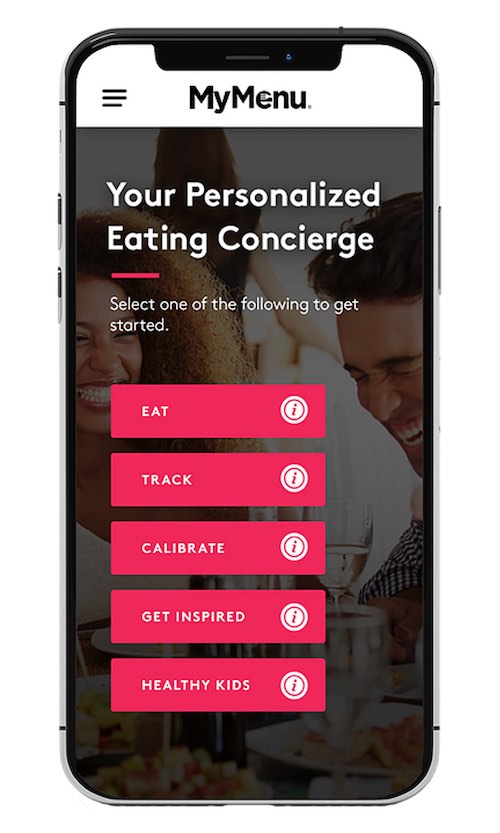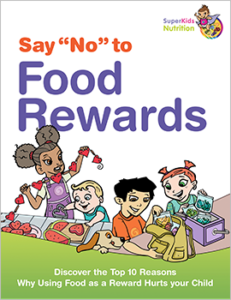
When parents say their child doesn’t like fruits and vegetables, I try to imagine why.
After all, didn’t that same little human being love eating pureed green beans, sweet potatoes, and applesauce as a 9-month old?
If the answer is yes, there is hope. The biggest difference between green beans then and now is that back then your baby didn’t have fierce competition from other more exciting foods (i.e. chips, cookies, sodas, etc.). The key is to eliminate the competition and elevate the value of fruits and veggies in the home.
Consider these ideas:
- Take charge of the grocery cart and limit the purchase of highly-salted, highly sugared foods.
- Let your kids see you eating fruits and veggies.
- Make fruits and vegetables readily available for snacking. Keep a bowl of bananas or freshly washed grapes on the counter for “snitching.”
- Involve your children in food prep. Let the little ones pour baby carrots into a serving bowl and supervise as the older ones make a veggie pizza. Involving children in food prep often results in better eating at mealtime.
- Help your child be a “self-regulator”. Children eat best when not pressured to eat or even when praised for eating. Ellyn Satter, RD, LSW, promotes the concept called “Division of Responsibility”. You, as parents, provide healthy food in a pleasant atmosphere. It is up to your child to decide what and how much to eat.
- Forcing food doesn’t work. Making a child stay at the table until she has eaten those cold, limp Brussels
sprouts will not help her learn to like them. Quite the contrary! - Make fruit and vegetable desserts. Anything from fruit cocktail over cottage cheese to homemade apple pie with a healthy crust can increase the “wow factor” of fruit in children’s eyes.
- Honor your child’s food preferences. Serve their favorite fruits and veggies often.
- Rename fruits and veggies “snacks”. This builds a healthy snack habit for years to come.
- Promote a “fruit or veggie” classroom snack policy at your child’s school. This makes healthy eating the norm!












